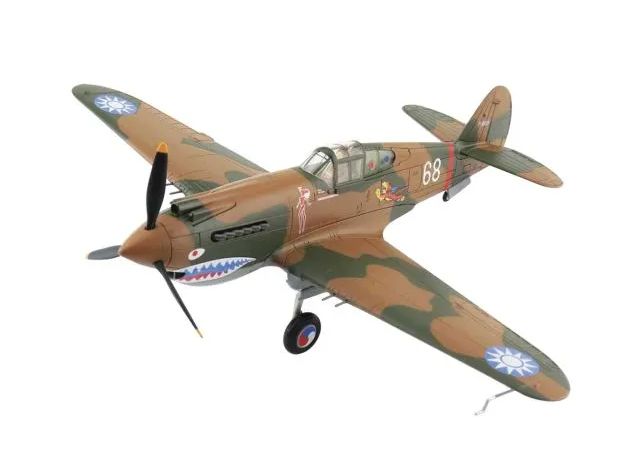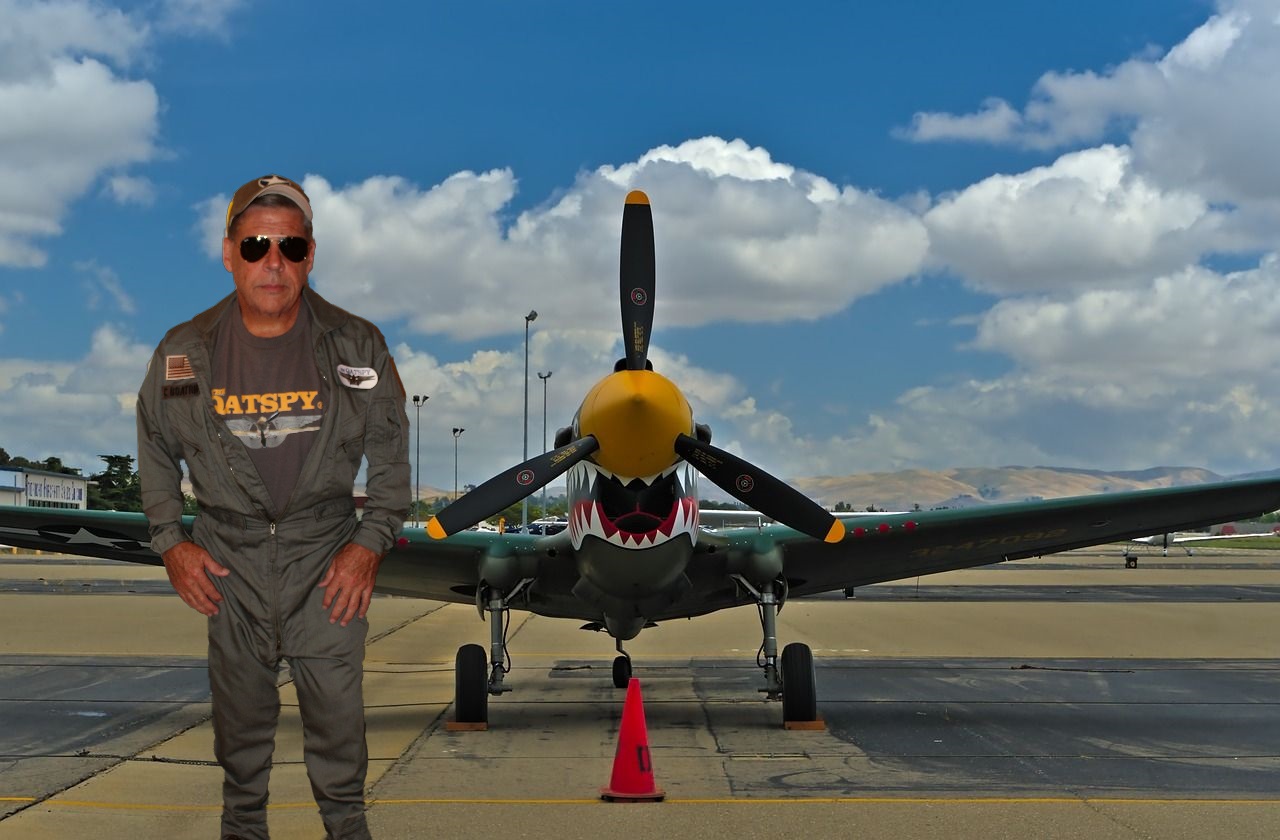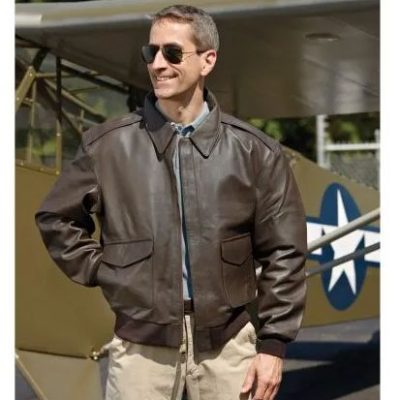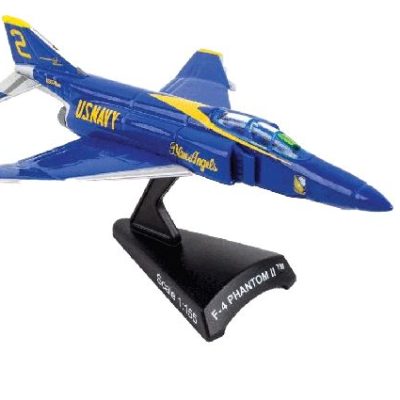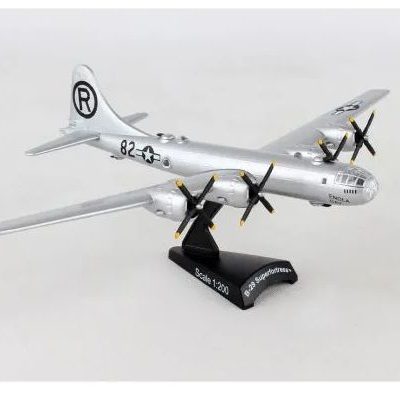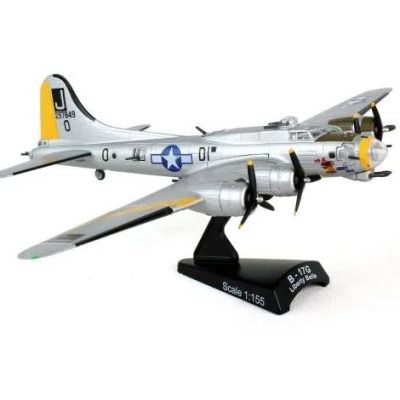Description
Chuck Older’s Flying Tigers P-40 Warhawk Die-Cast Model
Type of Aircraft: The Curtiss P-40 Warhawk is an American single-engined, single-seat, all-metal fighter and ground-attack aircraft, where it also served as an air superiority fighter, bomber escort and fighter-bomber.
Nation/Service of Origin: United States Army Air Corps
Period Operation: The Warhawk was used by most Allied powers during World War II. The Warhawk was used by most Allied powers during World War II, and remained in frontline service until the end of the war. It was the third most-produced American fighter of World War II, after the P-51 Mustang
Produced: From: 1939 to 1944. The P-40(C) was designated- Kittyhawk
Role: P-40 played a critical role with Allied air forces in three major theaters: North Africa, the Southwest Pacific, and China where The American Volunteer Group (AVG) Flying Tigers flew this aircraft with Shark’s Teeth painted on the nose. It was used in North Africa, China, Burma and India, the South West Pacific and Eastern Europe.
Manufacturer: Curtiss-Wright Corporation
The P-40(C) is my favorite aircraft to fly of the vintage WWII era.
Historical Data of Aircraft:
From Wikipedia, the free encyclopedia
The Curtiss P-40 Warhawk is an American single-engined, single-seat, all-metal fighter and ground-attack aircraft that first flew in 1938. The P-40 design was a modification of the previous Curtiss P-36 Hawk which reduced development time and enabled a rapid entry into production and operational service. The Warhawk was used by most Allied powers during World War II, and remained in frontline service until the end of the war. It was the third most-produced American fighter of World War II, after the P-51 and P-47; by November 1944, when production of the P-40 ceased, 13,738 had been built, all at Curtiss-Wright Corporation’s main production facilities in Buffalo, New York.
P-40 Warhawk was the name the United States Army Air Corps gave the plane, and after June 1941, the USAAC adopted the name for all models, making it the official name in the U.S. for all P-40s. The British Commonwealth and Soviet air forces used the name Tomahawk for models equivalent to the original P-40, P-40B, and P-40C, and the name Kittyhawk for models equivalent to the P-40D and all later variants. P-40s first saw combat with the British Commonwealth squadrons of the Desert Air Force in the Middle East and North African campaigns, during June 1941. No. 112 Squadron Royal Air Force, was among the first to operate Tomahawks in North Africa and the unit was the first Allied military aviation unit to feature the “shark mouth” logo, copying similar markings on some Luftwaffe Messerschmitt Bf 110 twin-engine fighters.
The P-40’s liquid-cooled, supercharged Allison V-1710 V-12 engine’s lack of a two-speed supercharger made it inferior to Luftwaffe fighters such as the Messerschmitt Bf 109 or the Focke-Wulf Fw 190 in high-altitude combat and it was rarely used in operations in Northwest Europe. However, between 1941 and 1944, the P-40 played a critical role with Allied air forces in three major theaters: North Africa, the Southwest Pacific, and China. It also had a significant role in the Middle East, Southeast Asia, Eastern Europe, Alaska and Italy. The P-40’s performance at high altitudes was not as important in those theaters, where it served as an air superiority fighter, bomber escort and fighter-bomber.
Although it gained a postwar reputation as a mediocre design, suitable only for close air support, more recent research including scrutiny of the records of Allied squadrons indicates that this was not the case; the P-40 performed surprisingly well as an air superiority fighter, at times suffering severe losses, but also inflicting a very heavy toll on enemy aircraft. Based on war-time victory claims, over 200 Allied fighter pilots – from the UK, Australia, New Zealand, Canada, South Africa, the US and the Soviet Union – became aces flying the P-40. These included at least 20 double aces, mostly over North Africa, China, Burma and India, the South West Pacific and Eastern Europe. The P-40 offered the additional advantages of low cost and durability, which kept it in production as a ground-attack aircraft long after it was obsolescent as a fighter.

